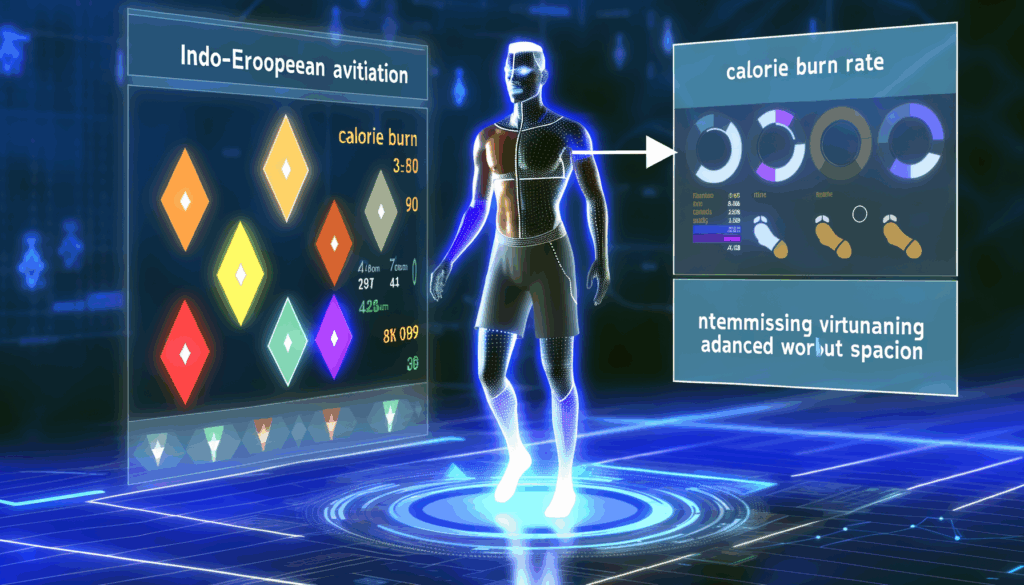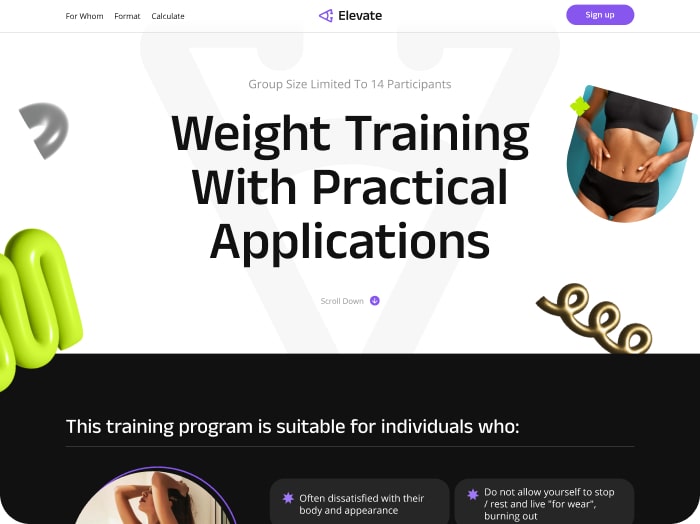The Future of Fitness: Integrating Calorie Tracking with Wearable Technology
The health and fitness industry has undergone a significant transformation in recent years, driven largely by the integration of wearable technology and advanced fitness apps. One of the key components of this evolution is the seamless integration of calorie tracking with wearable fitness technology. This synergy not only enhances the user experience but also provides a more comprehensive approach to health and wellness. In this article, we will delve into the details of how calorie tracking can be effectively integrated with wearable fitness technology, the benefits of this integration, and real-world examples that illustrate its success.
Understanding Wearable Technology
Wearable technology, including devices like smartwatches, fitness trackers, and smart rings, has become an integral part of modern health and fitness routines. These devices are equipped with a variety of sensors such as accelerometers, gyroscopes, and heart rate monitors, which collect data on physical activity, sleep patterns, and other health metrics. The data collected by these devices is crucial for providing a holistic view of an individual’s health and fitness journey.
The Role of Calorie Tracking in Fitness Programs
Calorie tracking is a fundamental aspect of any fitness program. It helps individuals monitor their daily calorie intake and expenditure, which is essential for achieving specific health goals such as weight loss, muscle gain, or maintaining overall well-being. By integrating calorie tracking with wearable technology, users can gain a comprehensive understanding of their nutritional habits and make informed decisions about their diet and exercise routines.
Choosing the Right Calorie Counter App
Selecting the appropriate calorie counter app is crucial for successful integration into a fitness program. Key factors to consider include the app’s features, user-friendliness, and integration capabilities. Apps like MyFitnessPal and Carb Manager are highly recommended due to their extensive food databases, barcode scanners, and detailed nutrient information. These apps should also be able to sync with popular fitness trackers and devices such as Fitbit, Apple Watch, and Garmin.
Implementing Calorie Tracking into Your Fitness Program
Once a suitable calorie counter app is selected, it’s essential to integrate it into the fitness program effectively. This involves setting up the app to track food, fitness, and fasting habits and syncing the data with wearable devices. Real-world examples, such as MyFitnessPal’s integration into various fitness programs, have shown significant improvements in health and fitness goals, such as weight loss and muscle gain.
Benefits of Integrating Calorie Tracking with Wearable Technology
The integration of calorie tracking with wearable technology offers several benefits. It provides real-time data access, allowing users to monitor their heart rate, activity levels, sleep habits, and other health metrics continuously. This data can be analyzed by fitness apps to provide individualized training regimens and coaching based on wearable data, enhancing the overall user experience.
Trends in Wearable Technology
Wearable technology is evolving beyond basic fitness tracking. Modern smartwatches now include features like ECG, blood oxygen monitoring, and advanced sleep tracking, appealing to a wider audience focused on proactive wellness. The line between fashion and tech is also blurring, with customizable designs and sleek aesthetics making wearables stylish accessories.
Real-World Examples and Case Studies
Several real-world examples illustrate the effectiveness of integrating calorie tracking with wearable technology. For instance, Gold’s Gym SoCal has seen positive outcomes by incorporating calorie counting into their fitness programs. Participants use apps like MyFitnessPal to track their macronutrients and sync the data with their exercise routines, leading to better goal achievement and overall health improvements.
Evaluating the Success of Calorie Tracker Integration
Regular evaluation is essential to determine the effectiveness of calorie tracker integration in a fitness program. Key aspects to consider include participation rates, health outcomes, and goal achievements. By analyzing these metrics, fitness programs can be adjusted to ensure continued effectiveness and participant engagement.
Medical Benefits and Potential Risks of Wearable Technology
Wearable technology has significant medical benefits, including the tracking of health and wellness metrics that can aid in the early detection of chronic conditions. However, there are also potential risks and limitations to consider. For example, the accuracy and reliability of wearable devices can vary, and there is a need for further research to improve their clinical applications.
Conclusion and Next Steps
Integrating calorie tracking with wearable fitness technology is a powerful tool for achieving health and wellness goals. By selecting the right calorie counter app, implementing it effectively, and motivating participants, you can create a robust and engaging fitness program. Tools like the Calorie Calculator Cloud can help you provide valuable resources to your audience, making your fitness program more appealing and informative. Explore the Calorie Calculator Plans to find the best fit for your needs.
In conclusion, the integration of calorie tracking with wearable technology represents a significant advancement in the health and fitness industry. By leveraging the data collected by wearables and combining it with calorie tracking, individuals can achieve a more holistic understanding of their health and make informed decisions to enhance their well-being. As wearable technology continues to evolve, it is crucial to stay updated with the latest trends and tools to maximize the benefits of this integration.
If you are looking to enhance your fitness program with calorie tracking, consider using tools that integrate seamlessly with wearable technology. This approach will not only make your program more effective but also more engaging for participants, leading to better health outcomes and a higher success rate in achieving fitness goals.








